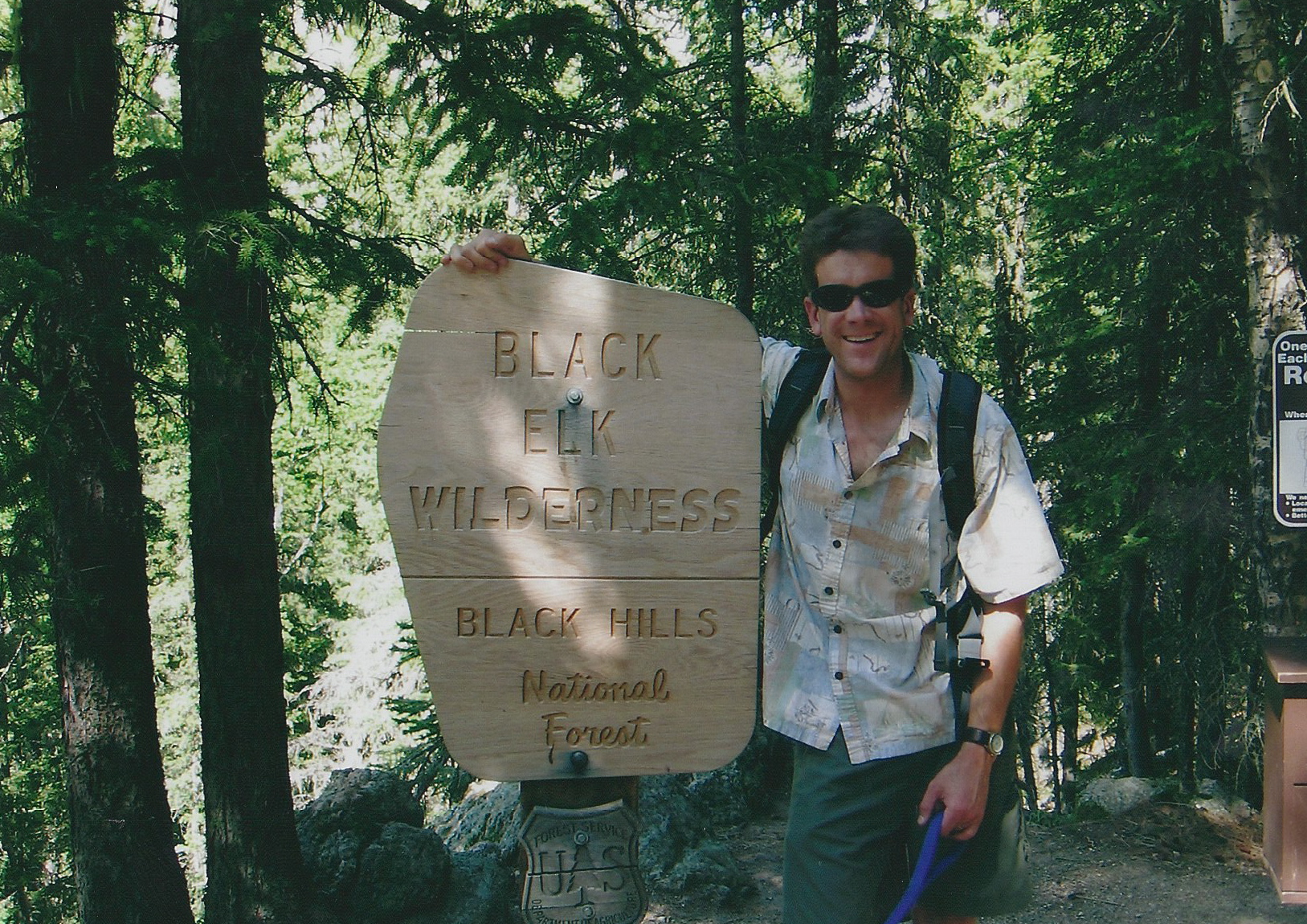
Last week, we listed all of the National Historic Trails that the GPT will cross and added them to the list of National Parks, National Monuments, National Forests, and National Grasslands that will also be crossed by the trail as it is currently envisioned. This week, we’re going to add a few more places of national interest that the trail will connect with.
The GPT will pass through four National Wildlife Refuges:
The National Wildlife Refuge System is run by the U.S. Fish and Wildlife Service and exists to protect and restore critical habitat for a variety of plant and animal species. Many of the refuges offer recreational opportunities as well. Currently, the refuge system manages over 150,000,000 acres. In Montana, the GPT will cross two small NWRs (Bowdoin NWR and Hewit Lake NWR, which is managed by Bowdoin NWR) and one huge NWR (Charles M. Russell NWR). At almost 1,000,000 ares, the Charles M. Russell NWR is the second largest NWR in the lower 48 states!
In New Mexico, it is likely (though not certain) that the GPT will also connect with Bitter Lake NWR near the city of Roswell.
The GPT will pass through one Wilderness Area:
Unlike the Rockies to the west, the Great Plains does not have many officially designated Wilderness Areas. The following definition is taken from Wikipedia:
The term wilderness is defined as “an area where the earth and community of life are untrammeled by man, where man himself is a visitor who does not remain” and “an area of undeveloped Federal land retaining its primeval character and influence, without permanent improvements or human habitation, which is protected and managed so as to preserve its natural conditions.”[1] There are currently 757 designated wilderness areas, totaling 109,511,966 acres (44,317,920 ha), or about 4.5% of the area of the United States.
The GPT will cross Black Elk Wilderness in the Black Hills National Forest.
(I will mention this in a later blog post, but it is likely that one day there will be one more wilderness area that the GPT will cross – Soldier Creek Wilderness in Nebraska.)
The American Prairie Reserve:
The GPT will run through the huge (and getting ever huger) American Prairie Reserve in eastern Montana. APR is not a national park, but it will one day be bigger than most national parks, and its principles for conservation and recreation are similar to the national park system. American Prairie Reserve is kind of like a de facto national park.
Grasslands National Park (Canada):
In fairness, I did say areas of national interest. I did not specify which nation 😉 . . . The northern terminus of the GPT is the southern border of Grasslands National Park in Canada. It is possible that one day, the GPT could be an international trail and continue into Canada, but that remains to be seen . . .
If we add these seven areas to the previous total of 22, that gives us a current tally of 29 places with national prestige, and the list continues to grow!

